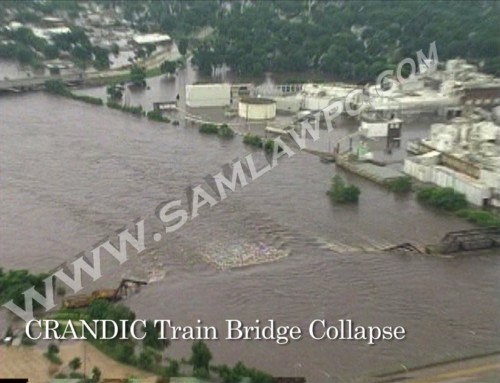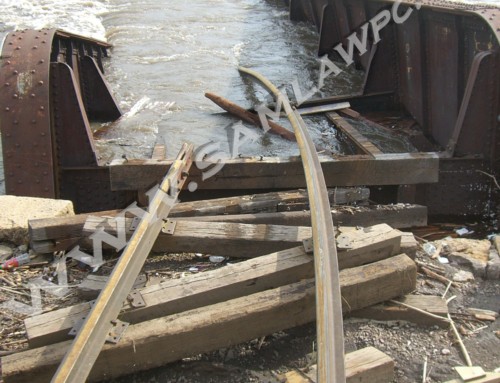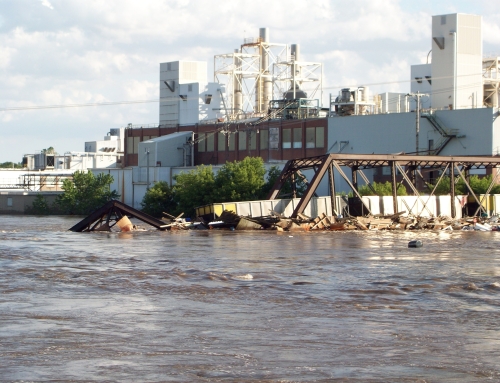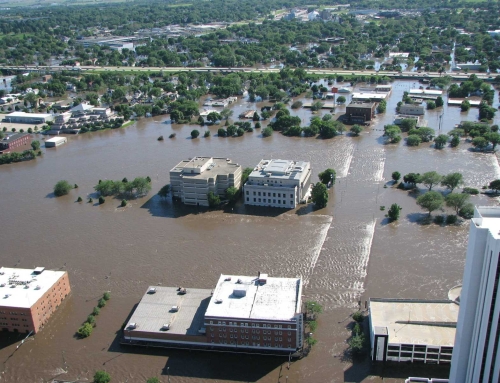Media Only Inquiries Contact: Sam Sheronick of Sam Sheronick Law Firm, P.C. at (319) 366-8193
(Press Release on behalf of: Sam Sheronick Law Firm, P.C.; Cutter Law PC; Eric Ratinoff Law Corp.; Wexler Wallace LLP; Law Offices of Russell G. Petti)
PRESS RELEASE
(May 30, 2019)—The United States Supreme Court on March 18, 2018 denied the Property Owners’ Class Action Lawsuit seeking restitution for over $6 billion in property damages from Defendant Railroads related to the 2008 Flood in Cedar Rapids, Iowa, reports Sam Sheronick Law Firm, P.C., Cutter Law, P.C., Eric Ratinoff Law Corp, Wexler Wallace, LLP, and the Law Offices of Russell G. Petti.
The United States Supreme Court did not rule on whether the Defendants caused the flood damage in Cedar Rapids in 2008, but rather, the U.S. Supreme Court decided it would not review the case which left in place the Iowa Supreme Court’s ruling that as a matter of law, the railroads are immune from being held liable irrespective of whether they caused the flood in Cedar Rapids in 2008.
The class action case filed by Property Owners alleges that over 10 square miles in property damages occurred when the Defendants, Alliant Energy’s (LNT) CRANDIC Railway and Union Pacific Railroad (UNP), loaded weighted and joined rail cars onto over century old, dilapidated rail bridges ahead of a near annual flood. Plaintiffs allege this resulted in, among other things, rail bridges collapsing, leading to subsequent catastrophic flooding. The case, involving flooding in 2008, has been winding its way through state and federal courts for years.
The railroads successfully claimed that federal law preempts the property owners’ right to sue under state law. Since there is no remedy under federal law, the railroads argued they are immune from being sued. The United States Supreme Court chose to not accept the case for review.
Attorneys representing the Property Owners, however, argue that when Congress enacted the Interstate Commerce Commission Termination (ICCTA), which deals with transportation issues like rates and disagreements over damaged goods in transit, they did not intend to immunize railroads from garden variety suits for property damage like the present one.
The Supreme Court’s decision to not accept the case is particularly troubling because of the current state of our nation’s rail bridges. According to an August 2007 GAO report on Railroad Bridges and Tunnels – Federal Rule in Providing Safety Oversight and Freight Infrastructure Investment Could Be Better Targeted—there are over 76,000 railroad bridges in this country, most of which are over 100 years old and dilapidated as federal regulators at the Federal Railroad Administration have only limited resources for inspecting the bridges and ensuring their safety.
Attorney’s for the Property Owners argued that allowing the Iowa Supreme Court ruling to stand sets a dangerous precedent whereby states will have no role at all in ensuring the safety of the rail bridges within their borders, while railroads will essentially be immunized from keeping their bridges maintained. Given that this lawsuit involved two of the over 76,000 over century old dilapidated rail bridges in the country, allowing the Iowa Supreme Court’s ruling to stand may serve to embolden the railroads to allow their rail bridges to age without maintaining them until the bridges collapse. The attorneys contend this is a dangerous and vulnerable situation for property owners living near these 76,000 rail bridges going forward.
Attorneys for the property owners further noted: “We respectfully disagree with the United States Supreme Court’s decision not to review this case further. The fact that the Western half of Iowa and the Eastern portion of Iowa along the Mississippi River were recently submerged by record flooding while Cedar Rapids remains dry only underscores the validity of Plaintiffs’ claims.”
###
Click here to read more about this Cedar Rapids Personal Injury/Class Action Law case.






